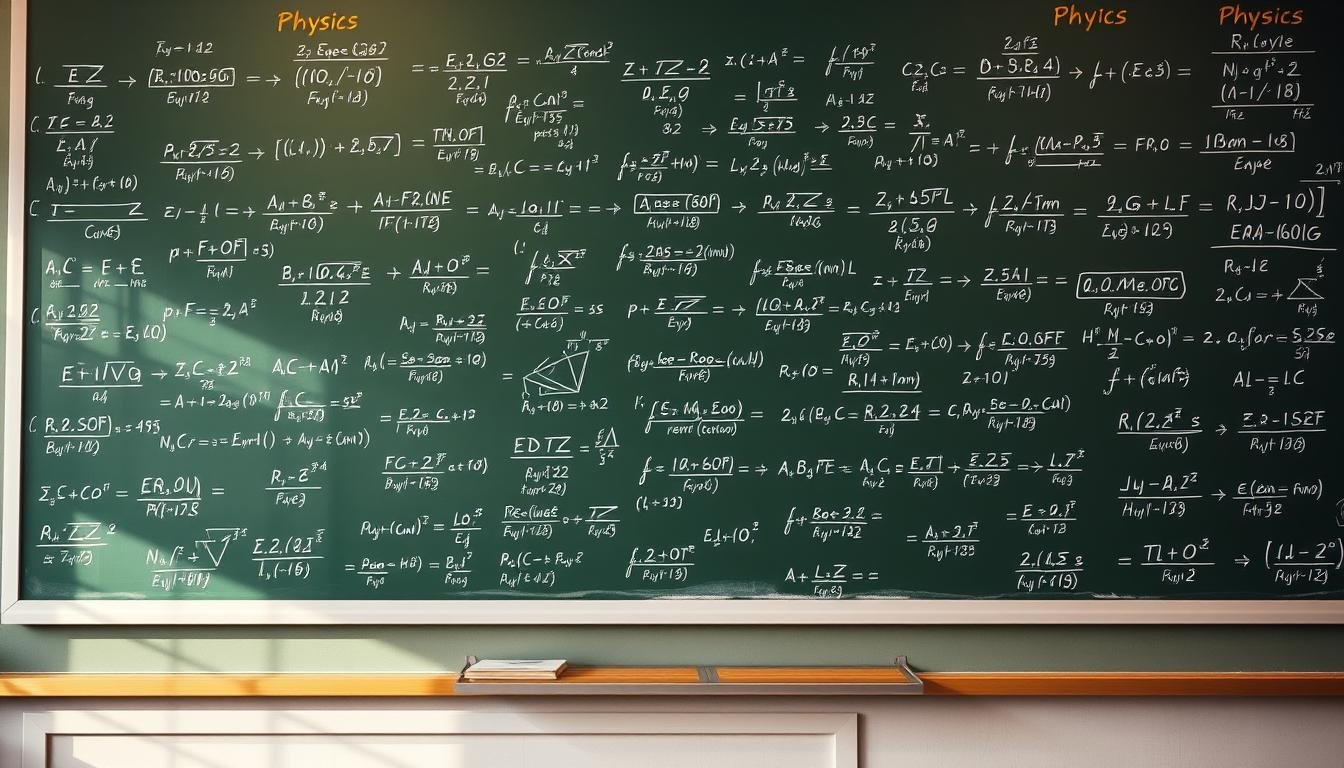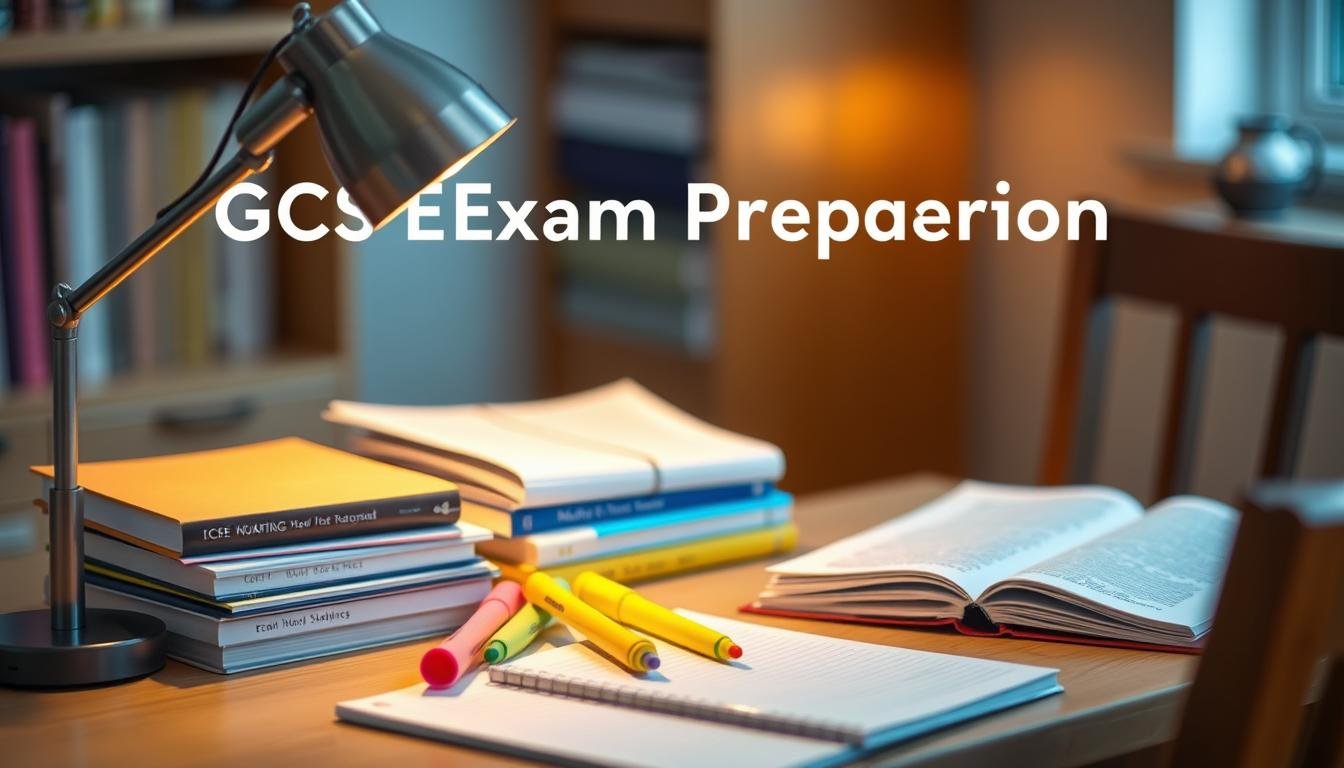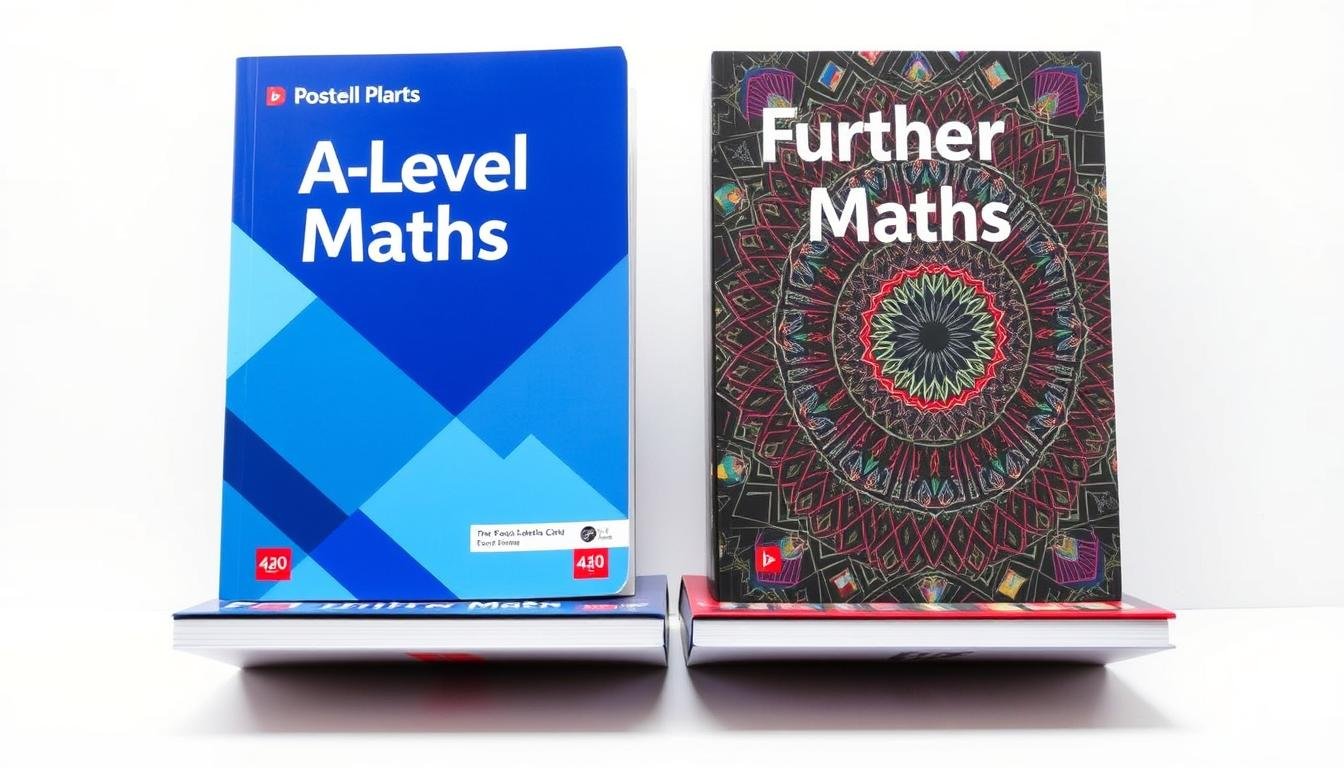Are you struggling to keep track of the numerous equations and formulas required for A-Level Physics?
Having a detailed formula sheet can be a game-changer. It lets you quickly find and remember key equations. This way, you can spend more time solving complex problems.
Knowing the key equations and formulas well will boost your confidence in exams. We’ll cover the essential ones you need for A-Level Physics. These come from trusted sources like AQA and Pearson Edexcel.
Your Essential A-Level Physics Formula Sheet & Key Equations
To do well in A-Level Physics, knowing the key formulas is essential. The formula sheet is a detailed guide with all the important equations. By mastering these formulas, you’ll be ready to solve complex problems and pass your A-Level Physics exam.
How to Use This Formula Guide Effectively
Start by getting to know the layout and content of your formula guide. Organize the formulas by category, like mechanics, thermodynamics, and electricity. Practice using the formulas on different problems and review them often. Making flashcards can also help you remember key equations.
Formula Memorization Techniques
Memorizing formulas can be tough, but there are ways to make it easier. Creating concept maps or diagrams can help show how formulas relate to each other. Mnemonics or acronyms can also aid in remembering complex equations. Most importantly, the more you practice, the better you’ll remember.
| Formula | Description | Application |
|---|---|---|
| F = ma | Force equals mass times acceleration | Mechanics |
| E = mc^2 | Energy equals mass times the speed of light squared | Nuclear Physics |
| V = IR | Voltage equals current times resistance | Electricity |
By learning these formulas and techniques, you’ll feel confident for your A-Level Physics exam.
Mechanics and Thermodynamics Formulas

To do well in A-Level Physics, knowing mechanics and thermodynamics formulas is key. These formulas help us understand many physical phenomena. They are also often tested in exams.
Kinematics and Dynamics Equations
Kinematics and dynamics are important. They deal with motion, forces, and energy. You need to know equations for motion, like velocity, acceleration, and displacement.
Motion, Force, and Energy Formulas
Important formulas include F = ma and E = 1/2 mv^2. They connect force, mass, acceleration, and kinetic energy. These are the basics of dynamics.
Circular Motion and Gravitation
Circular motion uses formulas like F = (mv^2)/r and T = 2πr/v. Gravitation is covered by F = Gm1m2/r^2. Knowing these is key for problems on orbits and gravitational forces.
Thermodynamics Key Equations
Thermodynamics looks at heat, temperature, and energy transfer. Important equations include the ideal gas law, PV = nRT, and heat transfer formulas.
Heat Transfer and Gas Laws
It’s vital to know how to use Q = mcΔT for heat transfer. Also, understanding gas laws is essential for solving thermodynamics problems.
Thermal Properties of Matter
Formulas for thermal expansion and specific heat capacity are also key. They help us see how materials react to temperature changes.
Fluid Mechanics Formulas
Fluid mechanics covers pressure, buoyancy, and fluid flow. Important formulas include P = ρgh for hydrostatic pressure and Archimedes’ Principle for buoyancy.
Electricity, Magnetism, and Waves

Exploring A-Level Physics means getting into electricity, magnetism, and waves. These subjects are key to physics and link together.
Electrical Circuit Equations
Understanding electrical circuits is essential. They deal with current, voltage, and resistance. Knowing these helps solve circuit problems.
Current, Voltage, and Resistance
Ohm’s Law explains how current, voltage, and resistance are connected: V = IR. Here, V is voltage, I is current, and R is resistance.
Capacitance and Electromagnetic Induction
A capacitor’s charge-storing ability is called capacitance, given by C = Q/V. Electromagnetic induction, as Faraday’s Law states, creates an electromotive force (EMF) from a changing magnetic field.
Wave Properties and Optics
Waves, like light and sound, have key properties. Frequency, wavelength, and speed are important for studying wave behavior and optical phenomena.
Wave Characteristics and Equations
The wave speed formula is v = fλ. Here, v is speed, f is frequency, and λ is wavelength. Wave equations help us understand how waves behave and interact.
Reflection, Refraction, and Diffraction
Reflection happens when a wave bounces off a surface. Refraction occurs when waves bend as they move from one medium to another. Diffraction is when waves spread around obstacles or through small openings.
Modern Physics Formulas
Modern physics looks into quantum mechanics and nuclear physics. These areas are key to understanding matter at the atomic and subatomic levels.
Quantum Physics and Atomic Structure
Quantum physics introduces wave-particle duality and energy quantization. The energy levels of electrons in an atom are fixed, given by E = -13.6 eV / n^2.
Nuclear Physics Equations
Nuclear physics studies radioactive decay and nuclear reactions. The decay constant (λ) is linked to half-life (t1/2) by λ = ln(2) / t1/2.
Conclusion: Applying Formulas in Your A-Level Physics Exam
Getting ready for your A-Level Physics exam? Knowing the a-level physics formula sheet & key equations is key. These formulas help you solve many questions confidently. Practice using them in different problems and review the basics well.
It’s not just about memorizing formulas for the exam. You need to understand how to use them in different situations. Focus on the most important formulas and practice with various problems. This way, you’ll be ready to do your best and get the grade you want.





